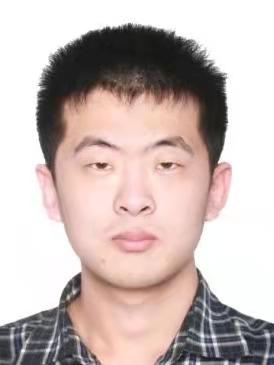Coupled Graph Neural Networks for Text-oriented Clinical Diagnosis Inference
Published in DASFAA, CCF B, 2020
Recommended citation: Ning Liu, Wei Zhang , Xiuxing Li, Haitao Yuyan, Jianyong Wang. (2020) Coupled Graph Convolutional Neural Networks for Text-Oriented Clinical Diagnosis Inference. In: Nah Y., Cui B., Lee SW., Yu J.X., Moon YS., Whang S.E. (eds) Database Systems for Advanced Applications. DASFAA 2020. Lecture Notes in Computer Science, vol 12112. Springer, Cham. https://doi.org/10.1007/978-3-030-59410-7_26 https://link.springer.com/chapter/10.1007/978-3-030-59410-7_26
Text-oriented clinical diagnosis inference is to predict a set of diagnoses for a specific patient given its medical notes. Due to the great potential of automatic diagnosis inference, machine learning methods have began to be applied to this domain. However, existing approaches focus on performing either labor-intensive feature engineering or sequential modeling of each medical note separately, without considering the information sharing among similar patients, which is essential for evidence-based medicine, an emerging new diagnosis process. Motivated by this issue and the recently proposed graph convolutional network (GCN) for text classification, we propose to apply GCN for the text-oriented clinical diagnosis inference task. To encode the comorbidity of diagnoses into the GCN model and allow information sharing between patients, we devise a coupled graph convolutional neural networks (CGCN), where a note-dependent graph and a label-dependent graph are learned collaboratively with hyperplane projection to ensure they are in the same semantic space. The comprehensive results on two real datasets show that our method outperforms the state-of-art methods in text-oriented diagnosis inference.
